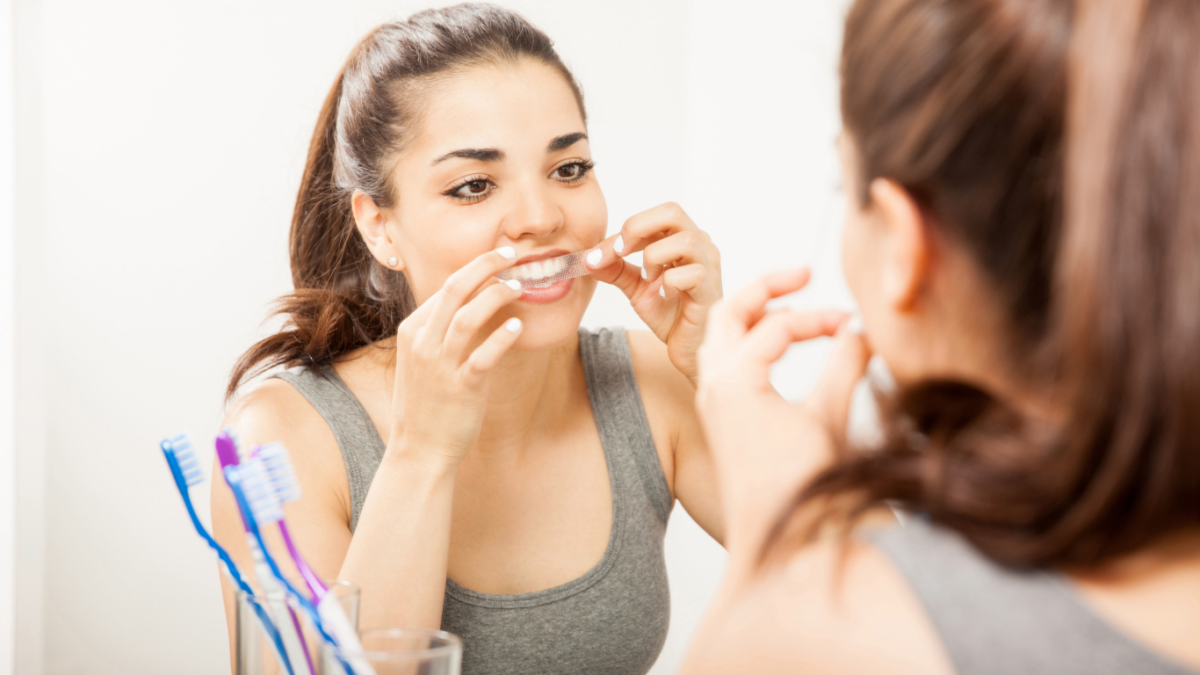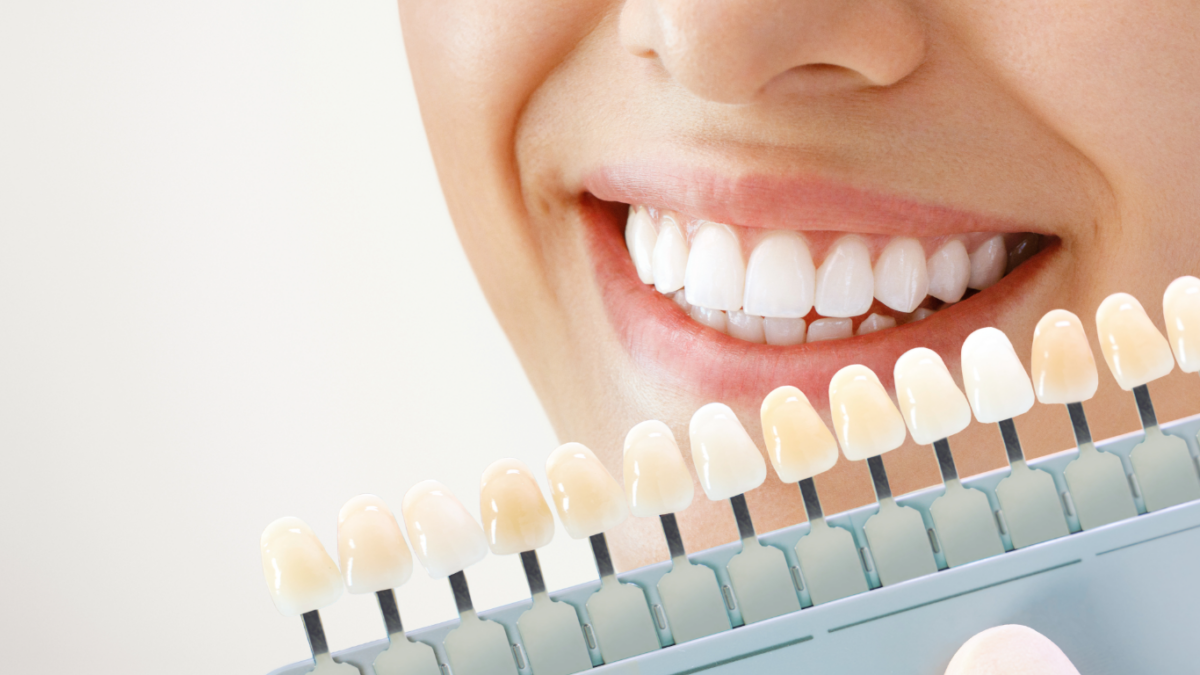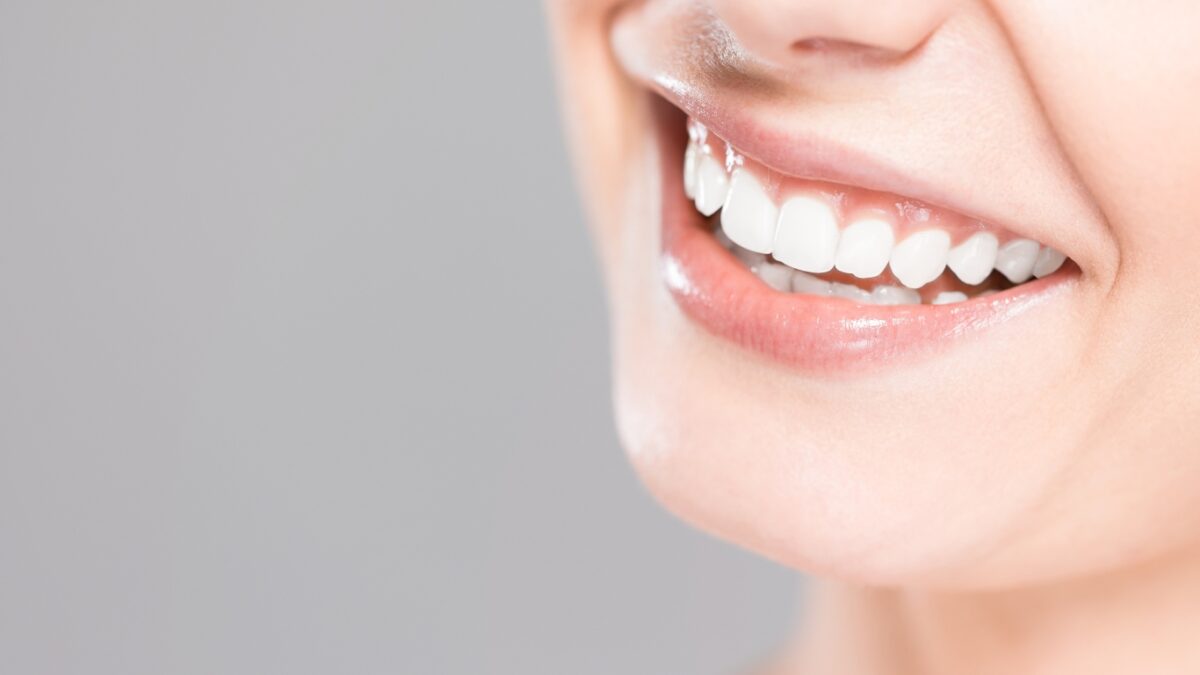With advancements in technology and a better understanding of dental health, individuals are now equipped with a variety of safe and effective methods to achieve their desired results from the comfort of their homes. This article explores the latest trends in at-home teeth whitening, alongside their benefits and potential risks, to provide a comprehensive overview of what’s currently available on the market.
Latest Trends in At-Home Teeth Whitening
LED Teeth Whitening Kits:
The integration of LED technology into at-home whitening kits has been a game-changer. These kits typically include a whitening gel that is applied to the teeth, followed by exposure to an LED light to accelerate the bleaching process. The latest models in 2024 are more efficient, offering quicker results with less sensitivity. They are also increasingly incorporating features like timers and intensity adjustments to enhance user experience and safety.
Natural Whitening Agents:
There’s been a significant shift towards natural and organic whitening methods. Ingredients like activated charcoal, coconut oil (oil pulling), and turmeric have gained popularity for their whitening capabilities. These natural alternatives appeal to those looking for a more holistic approach to dental care, with many users appreciating the absence of harsh chemicals and the added oral health benefits these ingredients can offer.
Customizable Whitening Trays:
Custom-fit trays, once only available through dentists, can now be made at home using DIY impression kits. These trays ensure that the whitening agent is evenly distributed across the teeth, minimizing gum exposure and enhancing the overall effectiveness of the treatment. This trend reflects a growing demand for professional-level results without the need for in-office visits.
Whitening Toothpastes and Powders:
Advancements in formulations have led to more effective whitening toothpastes and powders. These products contain abrasive particles that gently polish the teeth’s surface, removing stains more effectively without damaging the enamel. Many of these products now also include ingredients aimed at strengthening enamel and reducing sensitivity, catering to the needs of users seeking both whitening and oral health benefits.
Benefits of At-Home Teeth Whitening
Convenience and Accessibility:
One of the most significant advantages of at-home whitening is the convenience it offers. Individuals can perform the treatment according to their schedule without the need for frequent dental visits. This flexibility is particularly appealing for those with busy lifestyles or limited access to professional dental services.
Cost-Effectiveness:
Compared to professional dental whitening procedures, at-home methods are generally more affordable, making them accessible to a broader audience. This cost advantage allows more people to pursue teeth whitening, making it a popular choice for those looking to enhance their smile without a significant financial investment.
Customization:
Many at-home whitening kits now offer a level of customization, allowing users to control the intensity and duration of their treatments, which can lead to more personalized and comfortable whitening experiences. This ability to tailor the whitening process to individual needs and preferences is a significant draw for users seeking control over their dental aesthetics.
Potential Risks and Considerations
Overuse and Sensitivity:
One of the most common issues with at-home whitening is the risk of overuse, leading to tooth sensitivity and gum irritation. It’s crucial to follow the product instructions carefully and to limit use to prevent these adverse effects. Users should also be mindful of the cumulative effect of whitening agents over time, which can exacerbate sensitivity and damage enamel if not monitored.
Uneven Results:
At-home treatments may result in uneven whitening, especially if the product is not applied correctly or if there are pre-existing dental restorations like fillings or crowns that do not whiten. This can lead to a patchy appearance, prompting some users to seek professional correction.
Underlying Dental Issues:
Whitening treatments may mask underlying dental problems. It’s advisable to have a dental check-up before starting any whitening regimen to ensure that issues like cavities or gum disease are not overlooked. Ignoring underlying conditions can lead to more significant problems down the line, emphasizing the importance of a professional evaluation.
There is a range of options to suit various preferences and needs in the at-home teeth whitening market. While the convenience and accessibility of these methods are highly appealing, it’s essential to approach teeth whitening with caution and awareness of the potential risks. By staying informed about the latest trends and adhering to safe practices, individuals can achieve their desired outcomes effectively and safely. Always consider consulting with a dental professional before embarking on any whitening treatment to ensure it’s suitable for your dental health and to avoid unforeseen complications.









